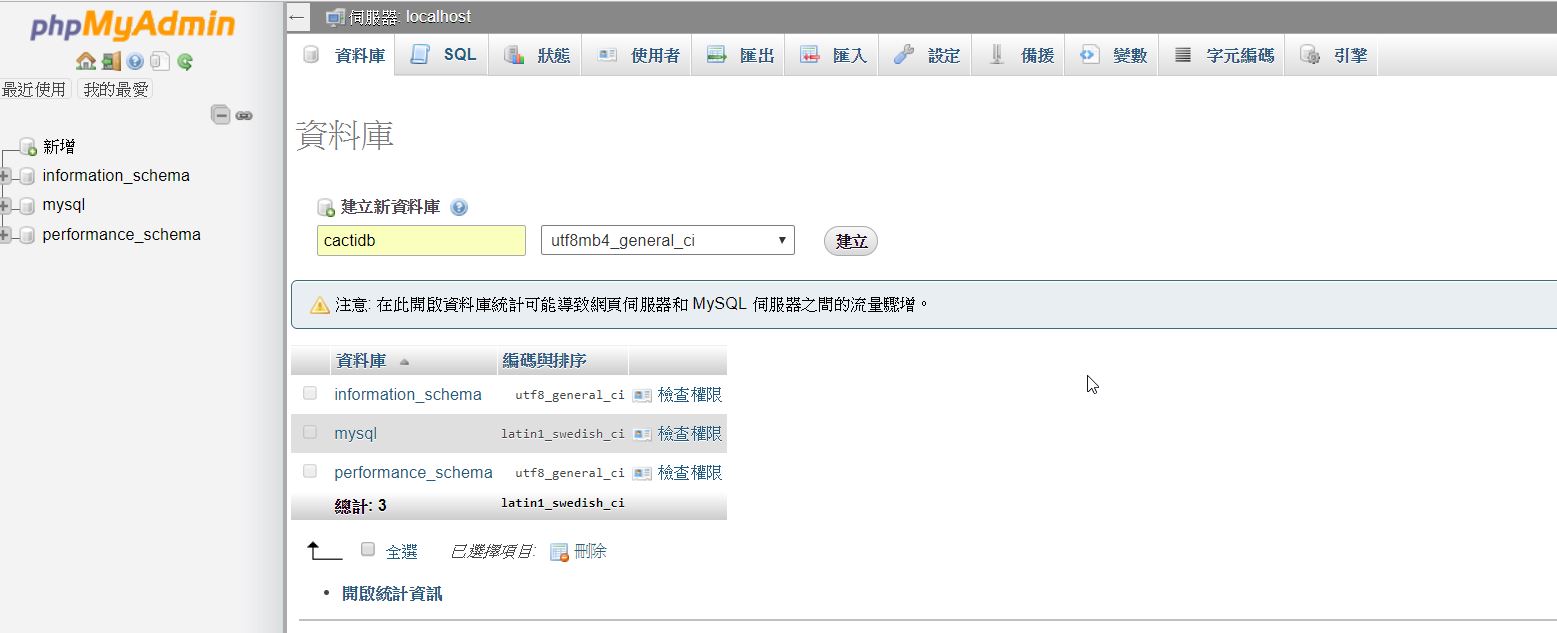
GRANT ALL ON cacti_db.* TO IDENTIFIED BY ‘password’ įinally, save the changes and exit MariaDB:Īt this point, we have installed and fully configured the database server. Next, create a database user and grant all privileges on the user:

Log in to MariaDB.ĬREATE DATABASE cacti_db CHARACTER SET utf8mb4 COLLATE utf8mb4_unicode_ci Thereafter, restart MariaDB for the changes to come into effect.Ĭacti requires a database where all the polled data will be stored. Make the following changes under the section. Therefore, edit the 50-server.cnf configuration file as follows: To check if Apache is running, invoke the command:Ī few tweaks are required for optimization of MariaDB database server.
INSTALL CACTI ON NGINX FREE
An excellent choice for a web server is Apache, which is a free and open-source feature-rich web server. Since Cacti runs on the front end, we need to spin up a web server. Right off the bat, being by updating the system package lists as shown:

At the time of penning down this guide, the latest version of Cacti is Cacti 1.2.16. In this guide, we walk you through the installation of Cacti on Ubuntu 20.04 LTS. With Cacti, you can monitor various network setups: from a small LAN-sized networks to complex networks with hundreds of devices. Along with collecting data, Cacti provides the RRDtool, short for RoundRobin Database tool, which logs and graphs data on dashboards.


 0 kommentar(er)
0 kommentar(er)
